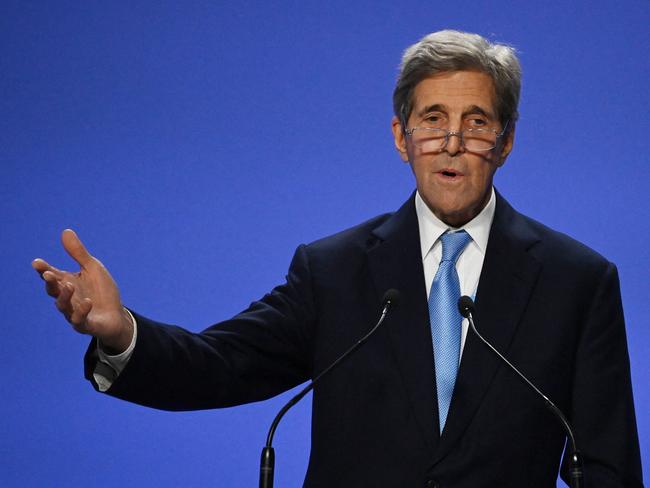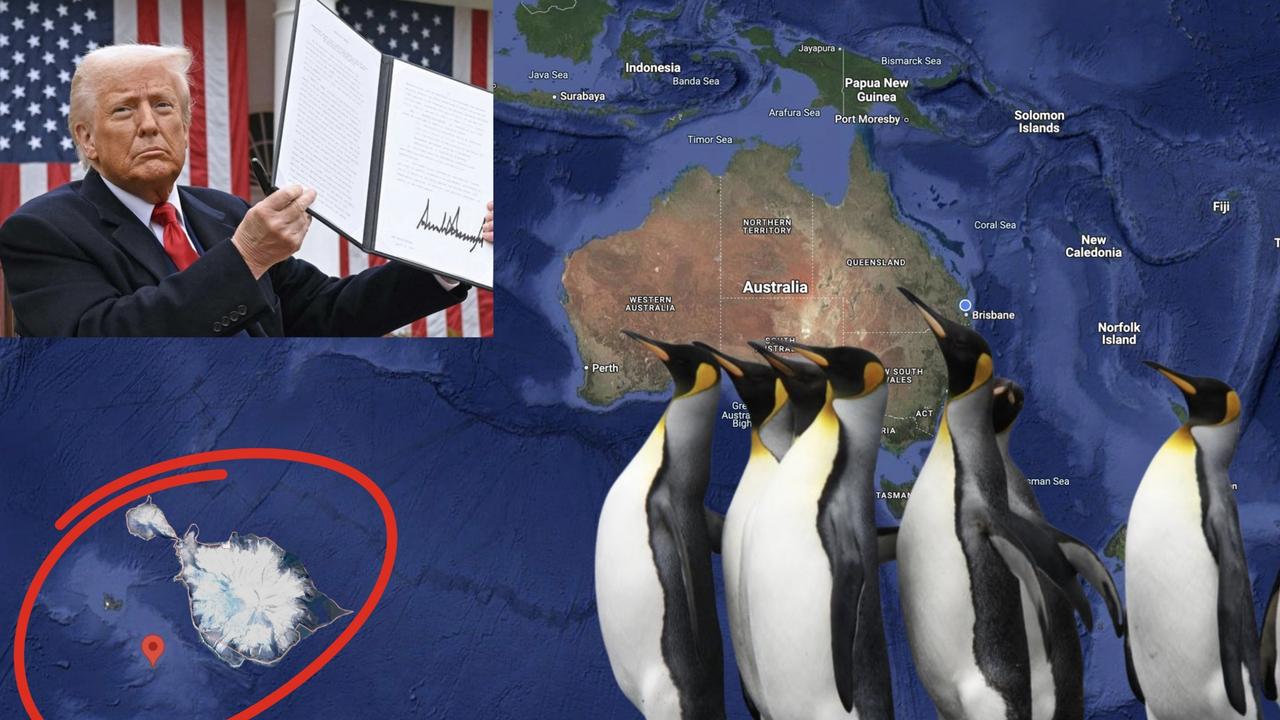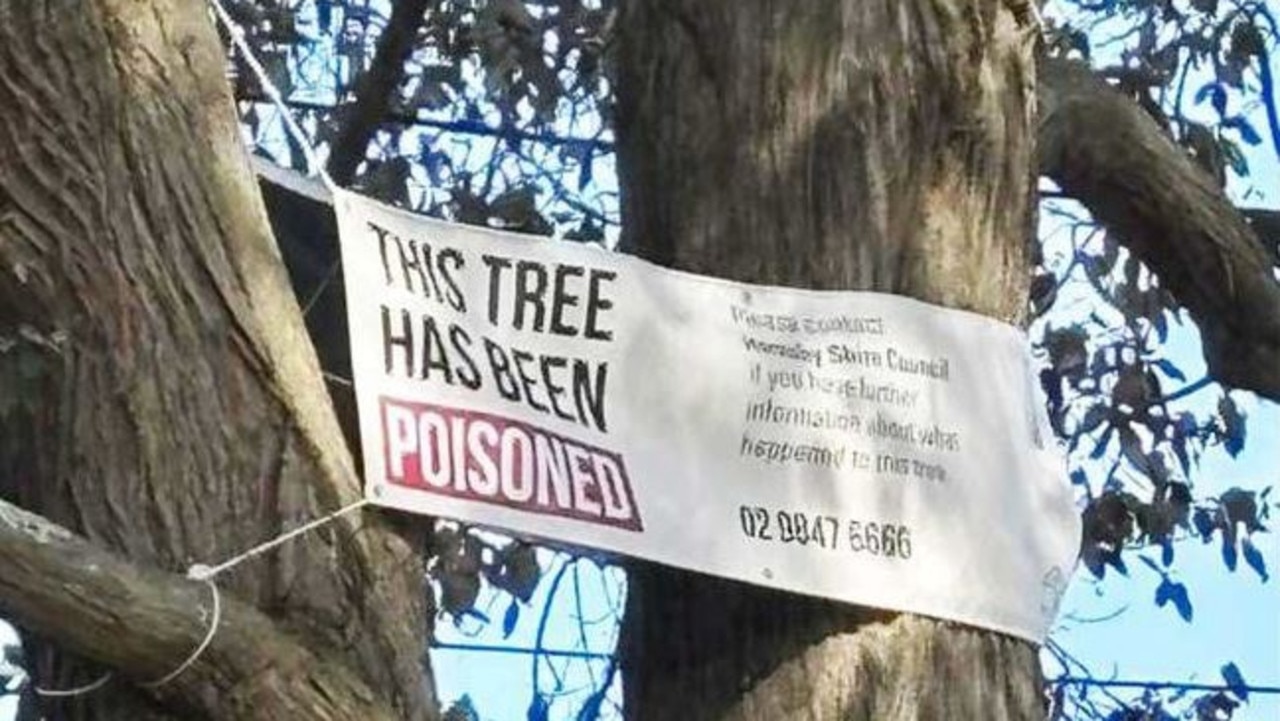COP26: US, China join climate pact, and where it leaves Australia
Australia could be pressured to revisit its targets for greenhouse gas emissions cuts as soon as next year, as China and the US joined a new pact to accelerate climate action.

Environment
Don't miss out on the headlines from Environment. Followed categories will be added to My News.
Australia could be pressured to revisit its targets for greenhouse gas emissions cuts as soon as next year, if a draft climate plan released at the COP26 climate summit in Glasgow gets the green light.
The draft plan, released on Wednesday, came as China and the United States announced a surprising new pact to work together to accelerate climate action this decade.
Under the Paris Agreement, nations are obliged to update their commitments every five years, but the COP26 draft would ask countries to revisit their targets in 2022 – three years ahead of schedule.
While the draft is subject to change over the next few days, a 2022 target update could prove to be a headache for the Coalition if it wins re-election. The new commitment Australia announced at Glasgow – getting to net zero by 2050 – came after a protracted series of negotiations with the Nationals, who steadfastly refused to support a stronger interim emissions targets for 2030.
The draft text calso called on countries to “accelerate the phasing out of coal and subsidies for fossil fuels”.
Previous climate summit decisions and the Paris Agreement itself do not so much as mention fossil fuels, focusing instead on emissions.
Observers told AFP this was a “significant first mention” for fossil fuels, and one negotiator said they were confident the reference would appear in the final text, “in some form or another”.

Asked for a response to the COP26 draft statement, the Minister for Indusry, Energy and Emissions Reduction, Angus Taylor, said “Australia is an active and constructive participant in the negotiations to ensure a positive outcome for COP26.”
“Australia was proud to communicate an enhanced NDC [Nationally Determined Contribution] prior to COP26 which highlighted our strong record of achievement. While ambition is important, action and outcomes are what matters,” Mr Taylor said.
The Climate Council said the draft COP26 statement was “relatively strong”.
“For the first time, we have a decision text that explicitly calls on countries to phase out coal and phase out fossil fuel subsidies,” said Climate Council researcher Dr Simon Bradshaw, who is in Glasgow for the summit.
Pressure on the Australian government to commit to serious emissions action this decade “is only going to grow in the wake of COP26,” Dr Bradshaw said.

CHINA AND UNITED STATES VOW TO WORK TOGETHER ON CLIMATE
China and the United States have vowed to work together to accelerate climate action this decade, in a surprise new pact announced as part of the COP26 summit.
“This document contains strong statements about the alarming science, the emissions gap, and the urgent need to accelerate action to close that gap,” US special envoy John Kerry told reporters in a surprise announcement.
“It commits to a series of important actions now this decade when it is needed.”
The plan is light on concrete targets but heavy on political symbolism at a conference that began with the US and China – the world’s two biggest emitters – seemingly at loggerheads.
Last week US President Joe Biden criticised the decision of China’s President Xi Jinping not to attend the Glasgow summit, saying China “walked away”.
China hit back at the time, but ties appear to have thawed ahead of long-awaited bilateral talks next week.
On Wednesday both US and China envoys stressed their countries’ collaboration, saying they had agreed to put other differences aside to work on climate.
“Both sides recognise that there is a gap between the current effort and the Paris Agreement goals so we will jointly strengthen climate action,” Beijing’s longtime climate envoy Xie Zhenhua said.

A document outlining the agreement includes a focus on lowering methane emissions, which Kerry described as the “single fastest and most effective way to limit warming”.
It says the two sides will meet regularly to “address the climate crisis”.
The document also stresses the need to boost emissions efforts in the short term, with scientists warning that emissions efforts before 2030 are crucial for halting catastrophic global warming.
The declaration said both countries “recognise the seriousness and urgency of the climate crisis”.
“They are committed to tackling it through their respective accelerated actions in the critical decade of the 2020s,” the document said.
China and US are the two largest emitters in the world and together account for nearly 40 per cent of all carbon pollution.
The US has already said it plans to be carbon neutral by 2050, while China announced its intention last month to reach net-zero emissions before 2060.
UN chief Antonio Guterres welcomed the US-China pact.
“Tackling the climate crisis requires international collaboration and solidarity, and this is an important step in the right direction,” he said on Twitter.
ADAPTATION AND FINANCE ISSUES IN COP26 DRAFT
The seven-page COP26 draft agreement focuses on adaptation – helping countries deal with the effects of climate change – and finance, a controversial issue because poorer countries blame richer countries for not contributing enough.
The agreement – or “cover decision” – published by the UK Cop26 presidency, will have to be negotiated and agreed by countries attending the talks.
The text called for nations to “revisit and strengthen” their decarbonisation plans by next year and said that limiting heating to 1.5C “requires meaningful and effective action by all parties in this critical decade”.
It said “rapid, deep and sustained reductions in global greenhouse gas emissions” were needed to avert the worst impacts of heating, which has already seen countries worldwide slammed by fiercer floods, droughts and storms.

Several large emitters missed the 2020 deadline for submitting new plans, known as nationally determined contributions (NDCs).
Vulnerable nations say that the next deadline, in 2025, is too distant to deliver the short-term emissions cuts needed to avoid disastrous heating.
Some climate scientists and environmental groups criticised the draft for failing to reflect the urgency of the crisis facing the planet.
“This draft deal is not a plan to solve the climate crisis, it’s an agreement that we’ll all cross our fingers and hope for the best,” said Greenpeace International Director Jennifer Morgan.
“It’s a polite request that countries maybe, possibly, do more next year.”
Mohamed Adow, director of the Nairobi-based think tank Power Shift Africa, said Wednesday’s draft was “fuzzy and vague” when it came to financing climate action.
He said concrete commitments on funding was “a specific ask of poor countries” from COP26.
Simon Lewis, professor of Global Change Science at University College London, said the draft “acknowledges the enormous gulf” between current emissions plans and a 1.5C pathway.
“Of course, if developed countries don’t deliver on their financial promises, the talks may fall into disarray,” he said.
Originally published as COP26: US, China join climate pact, and where it leaves Australia




